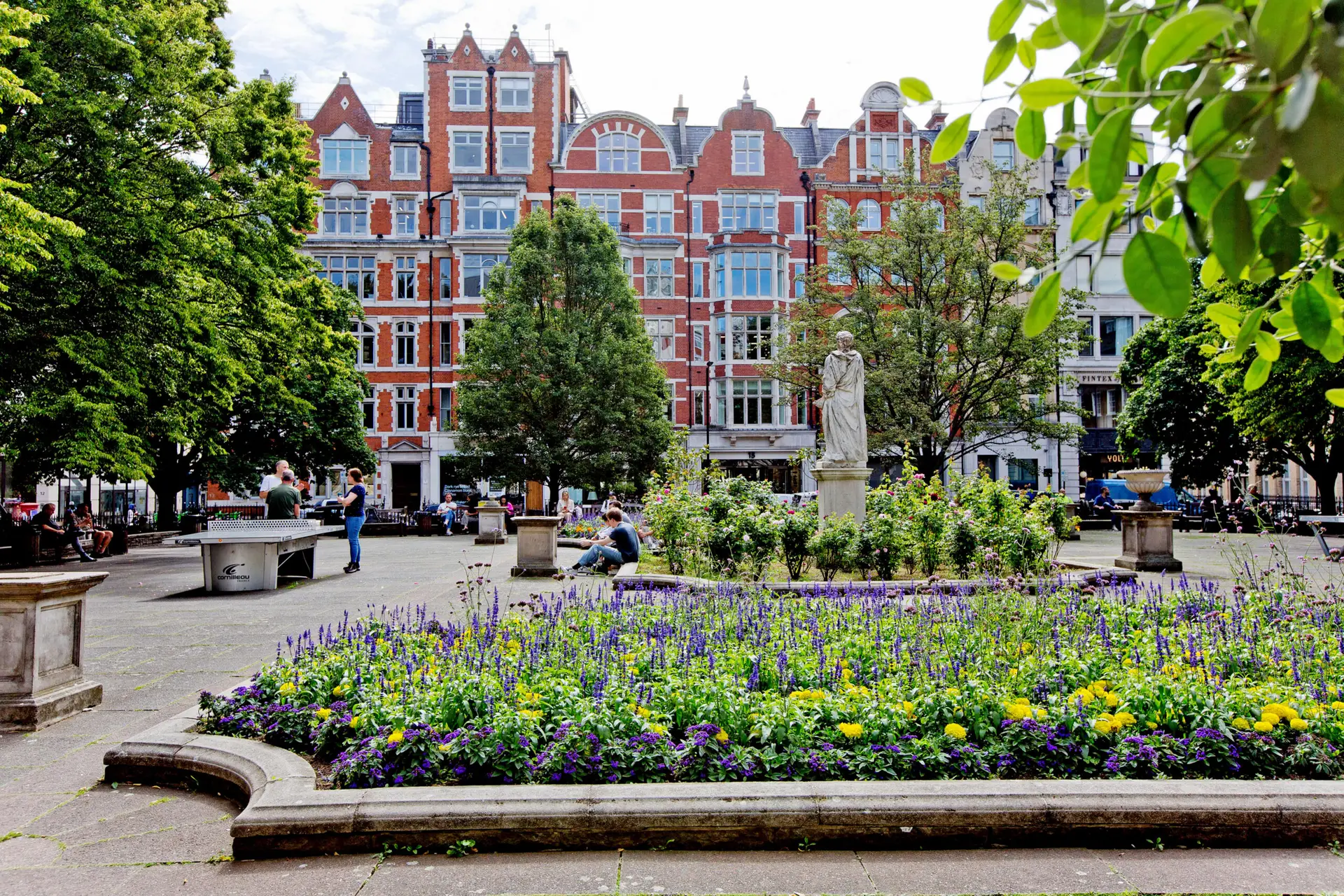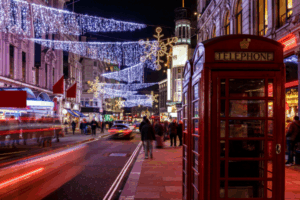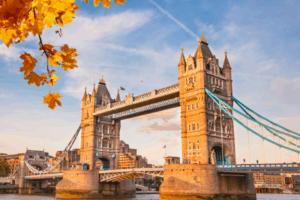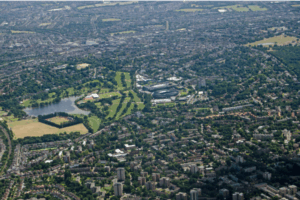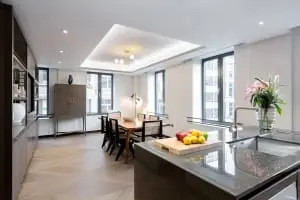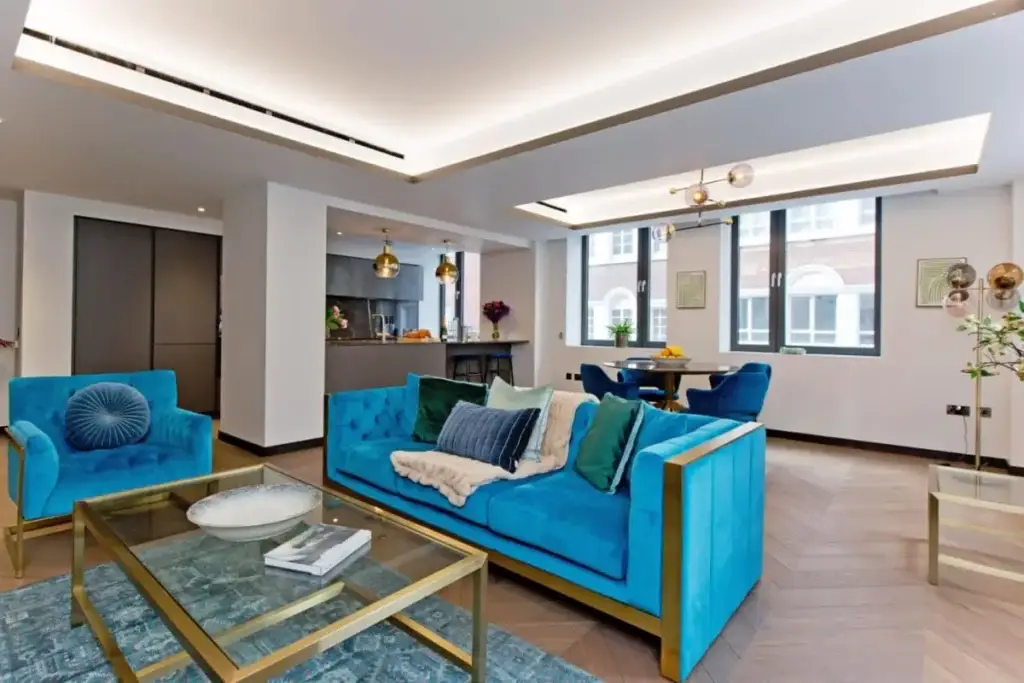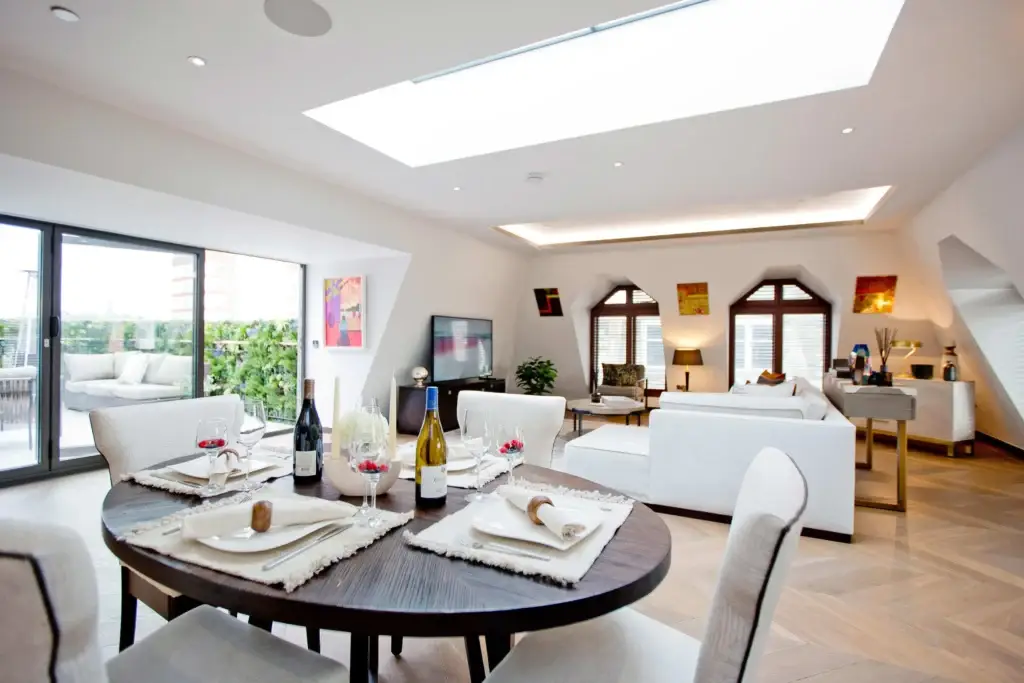From being the home to characters in English literature classics to its 17th century farming site, Golden Square has a long and fascinating history. Building work on the square began in 1675, with the plans for the development originally being to “accommodate Gentry”.
In the 1700s, the square became a popular choice for foreign diplomats for their London stays as its reputation for high-end accommodation and the great location grew.
When you stay at 37GS, you enjoy one of the most luxurious serviced apartments in a location steeped with interesting history.
Famous residents
The famous residents of the square include Angelica Kauffman, a Swiss artist and the first female member of the Royal Academy. Thomas Jefferson also stayed in Golden Square during his only visit to London before he became the president of the USA. More recently, 37GS remains a popular location for some very well-known people from around the world when they are visiting London.
The evolution of Golden Square
The name Golden Square is presumed to originate from Gelding Close, which refers to land that is used for horse grazing. The statue in Golden Square is largely regarded to be King George II, although there is some debate as to whether it could actually be King Charles II.
Before the land was developed into property, there was a less desirable use, when it was used as a plague pit during the Great Plague during 1664-1665. For some time, the land was left unused until it was deemed to no longer be tainted ground.
Golden Square has a place in classic English literature
Charles Dickens fans will probably recognise the name as being the home to Ralph Nickleby in the 1839 novel Nicholas Nickleby. Dickens wrote about the square:
‘Although a few members of the graver professions live about Golden Square, it is not exactly in anybody’s way to or from anywhere… Its boarding houses are musical, and the notes of pianos and harps float in the evening time round the head of the mournful statue, the guardian genius of a little wilderness of shrubs, in the centre of the square.’
Wool and yarn trade in Golden Square
In the 19th century, the area played an integral part in London’s wool and worsted yarn trade, with around 70 yarn companies being based around Golden Square in 1900.
During the WWII an air raid shelter was dug under Golden Square and restoration work after the war involved creating a new paved garden with an array of beautiful trees and plants.
Golden Square Today
Today, the stunning garden area stands out like a green oasis in the centre of London’s concrete jungle, which is one of the many reasons it is such as desired place to stay.
When you stay at 37GS, you will see how the history of Golden Square is woven into the architecture and décor of the luxurious apartments.

